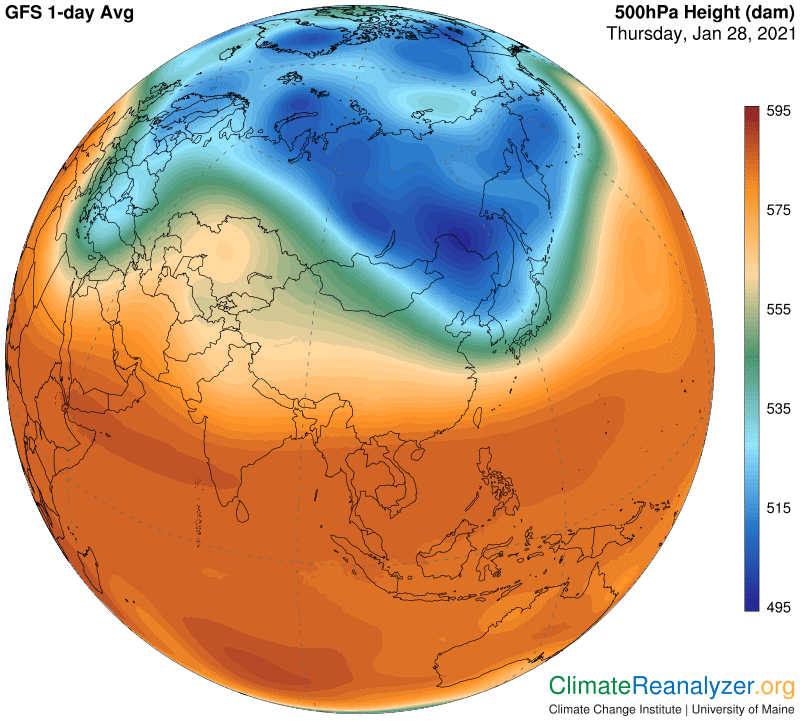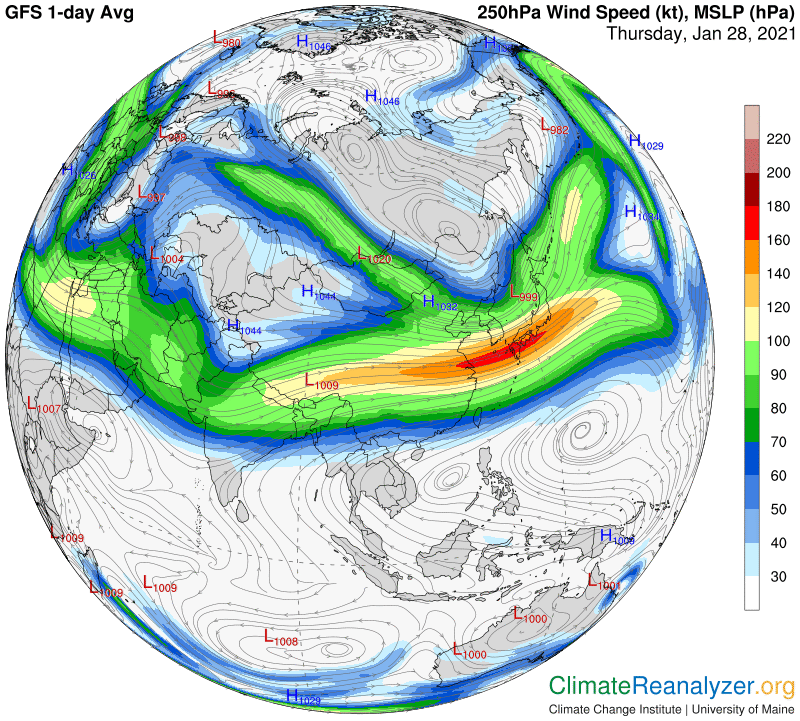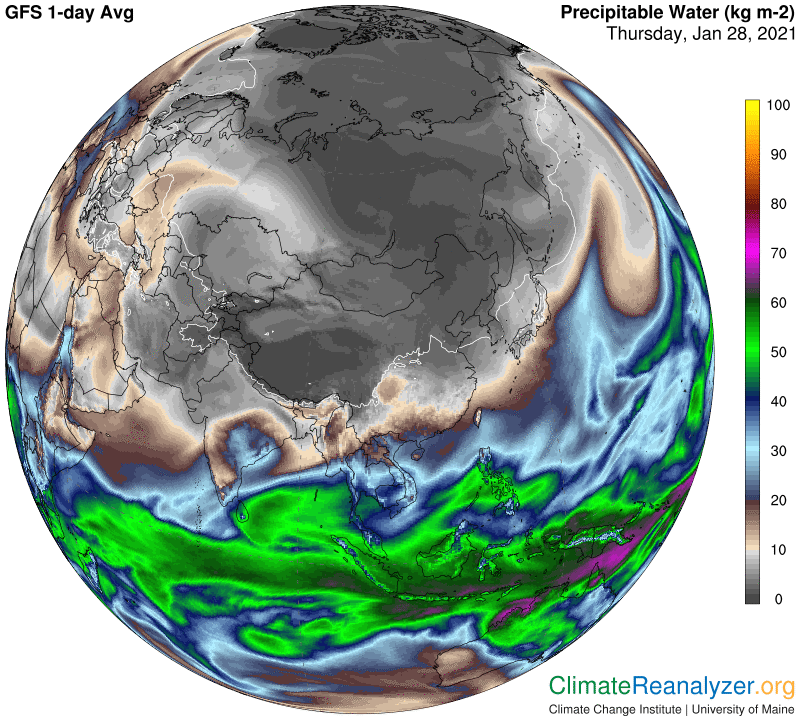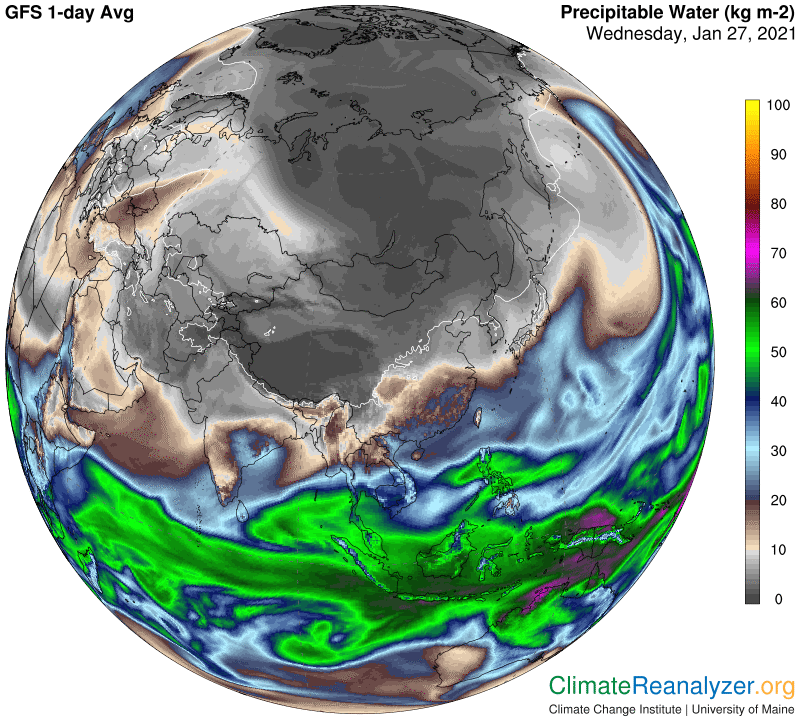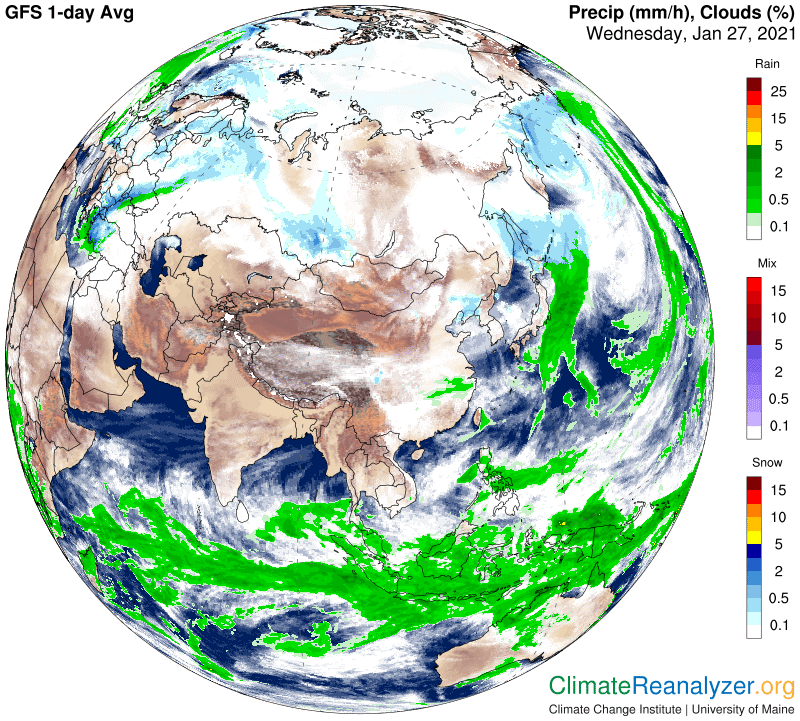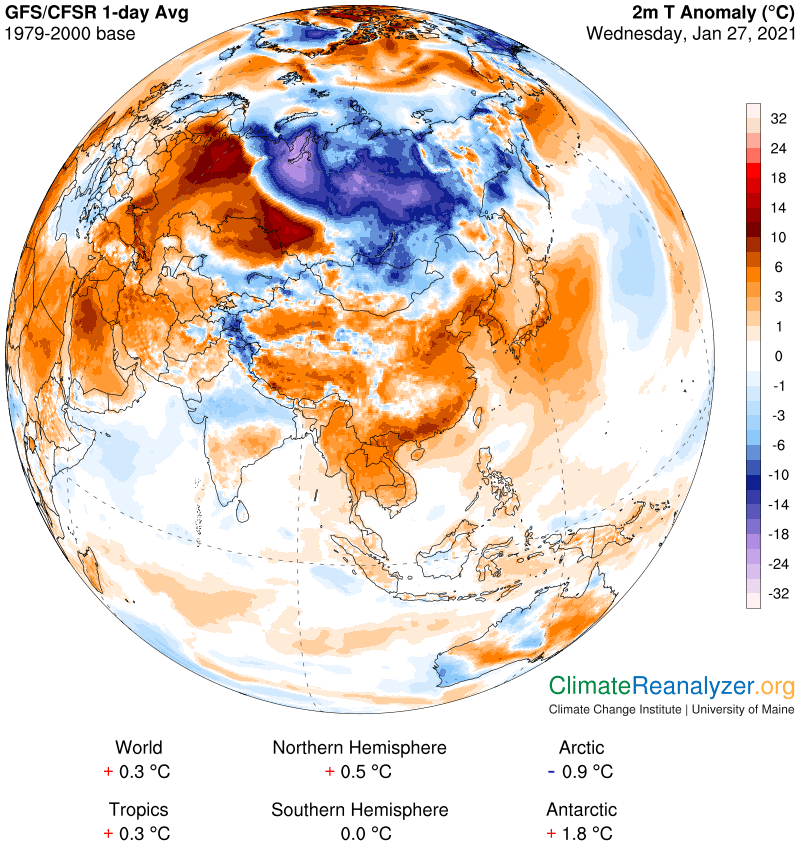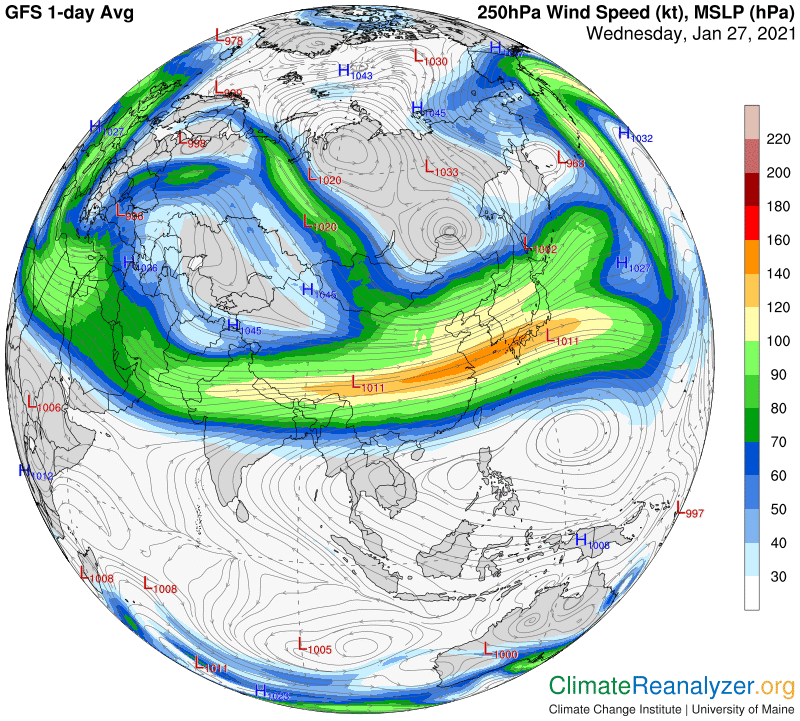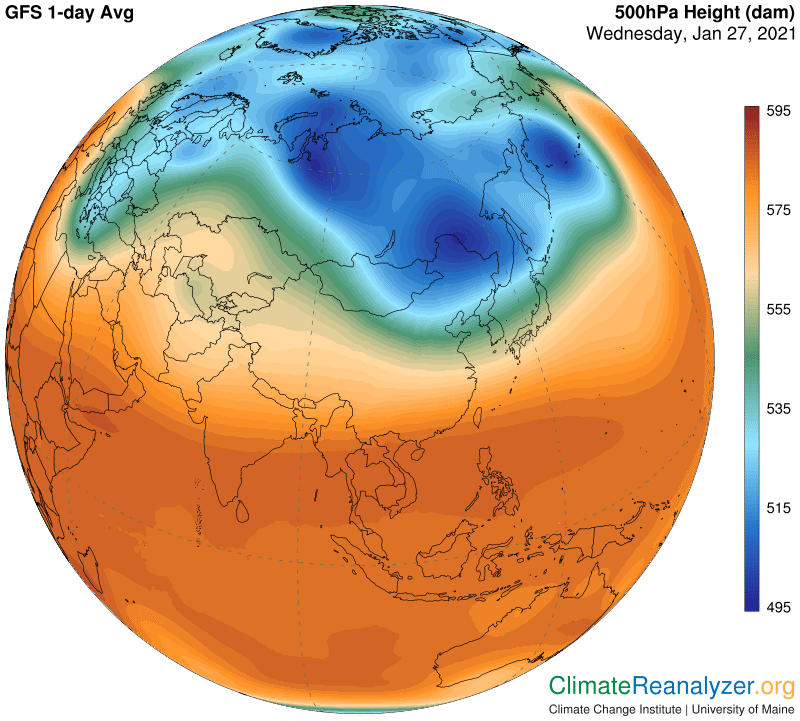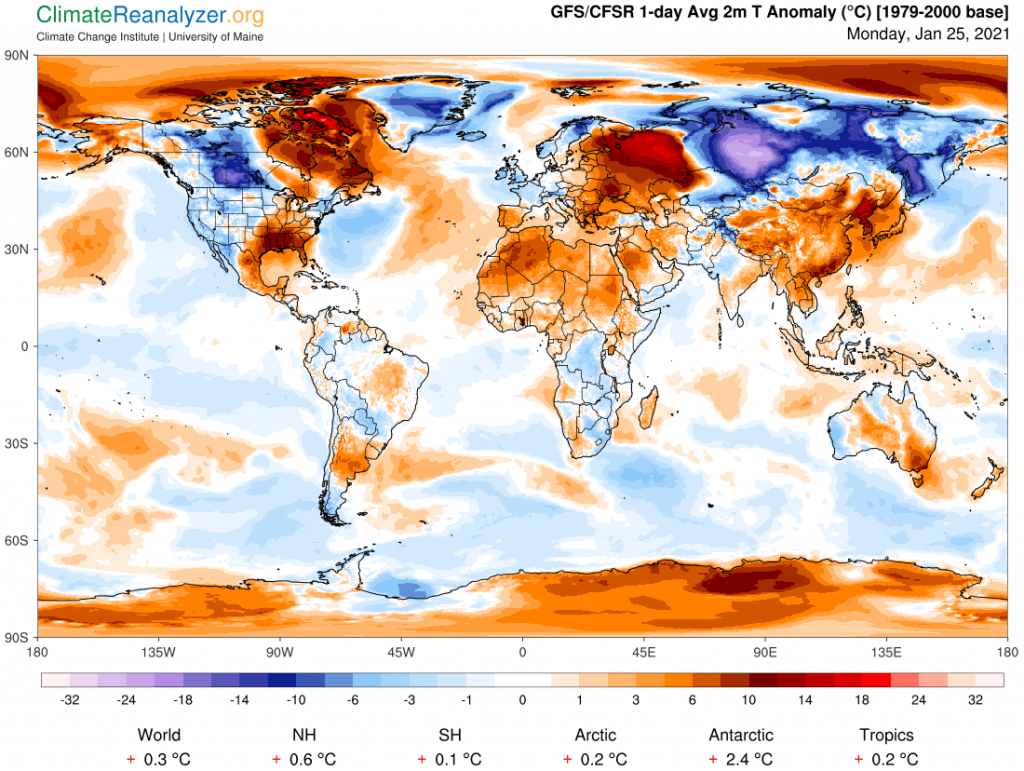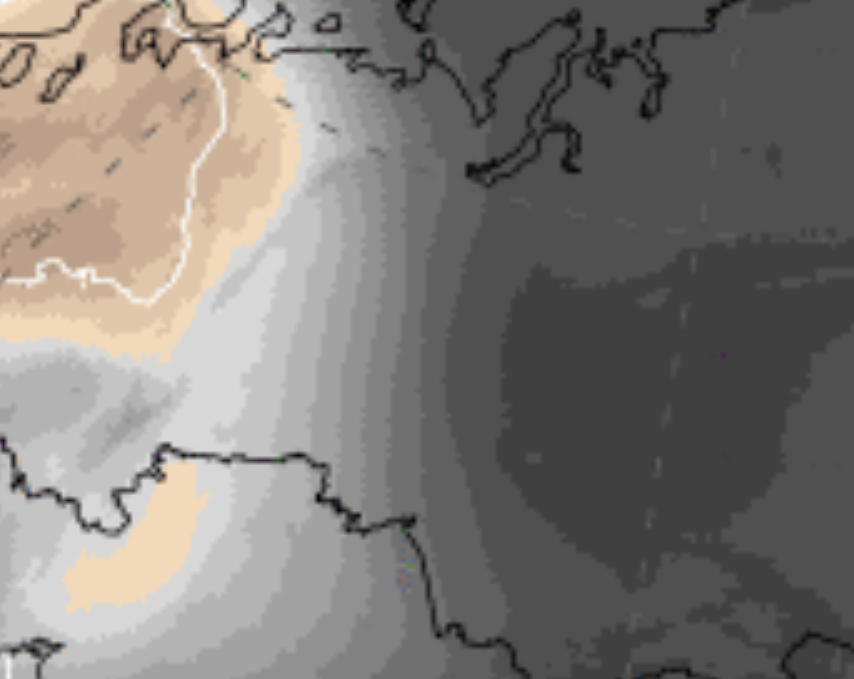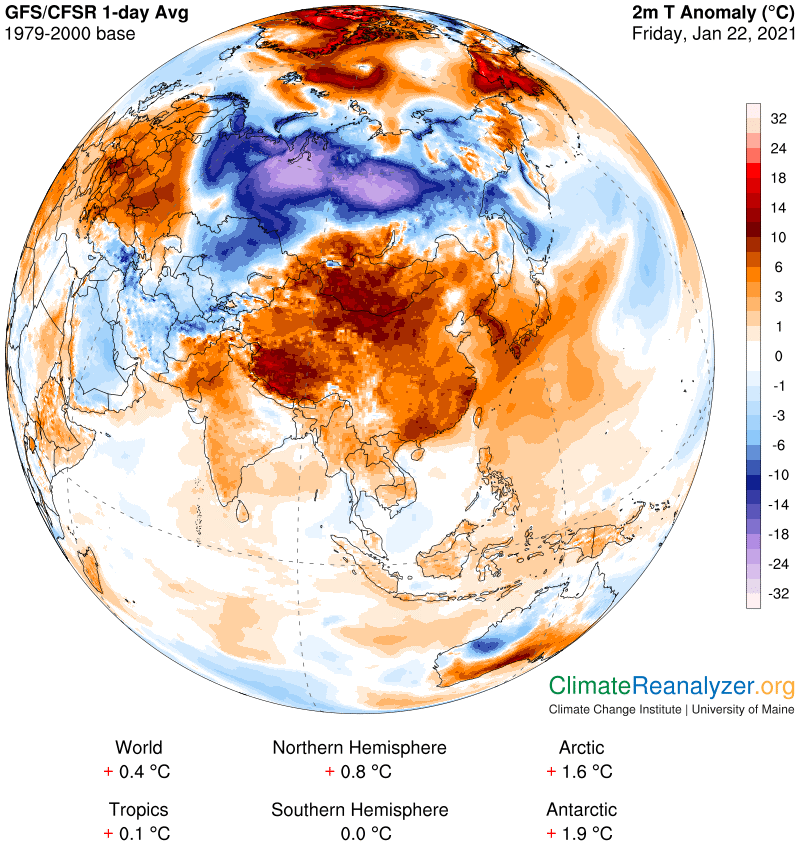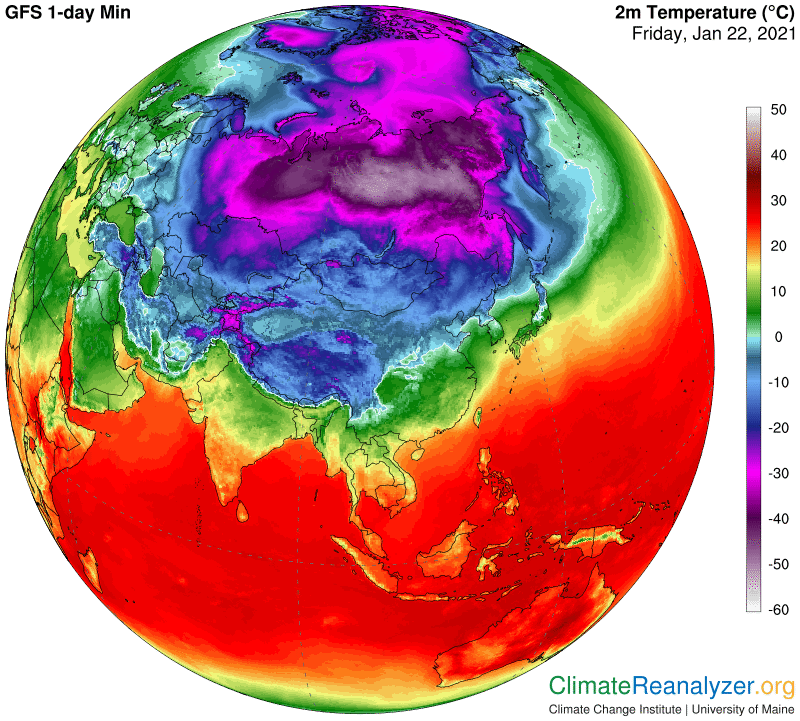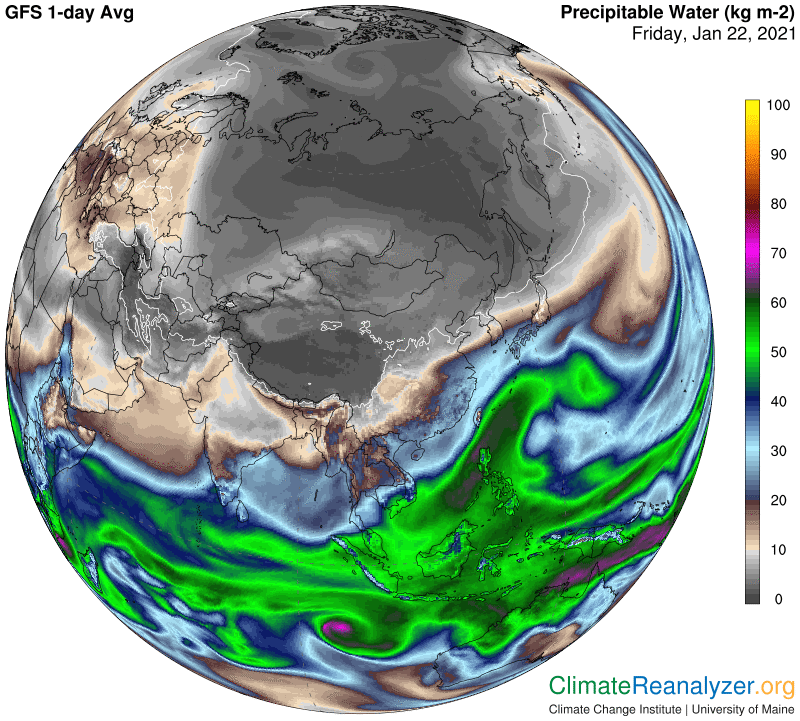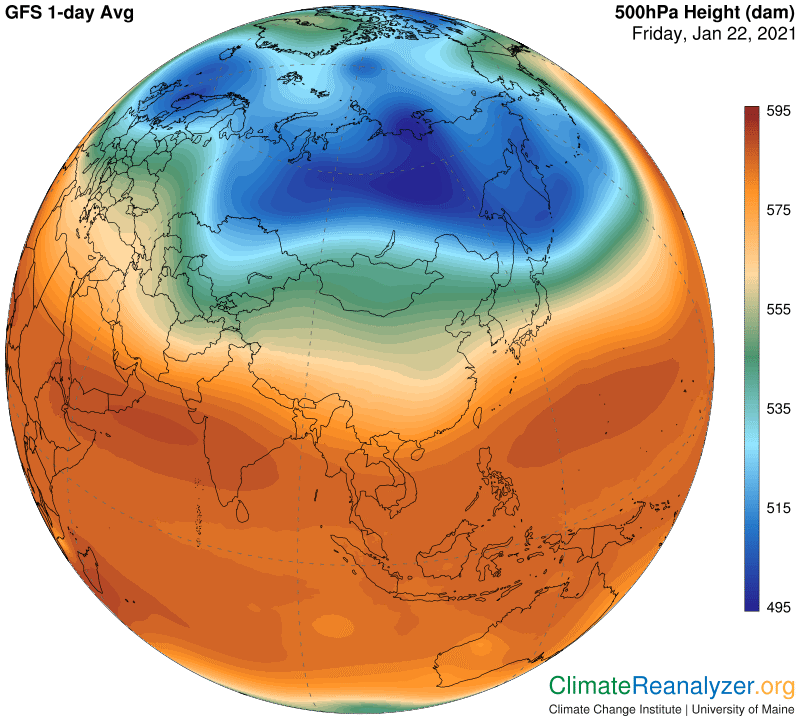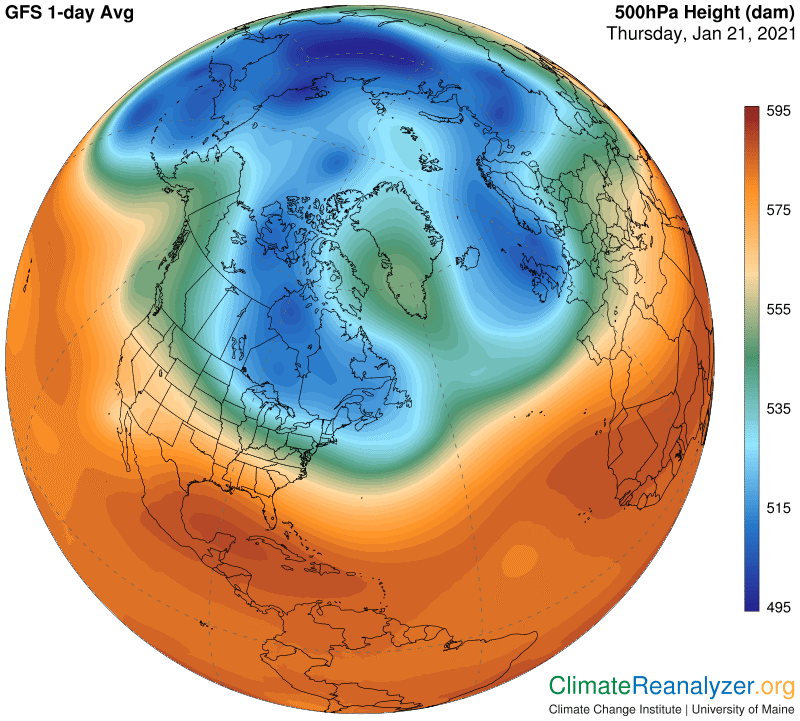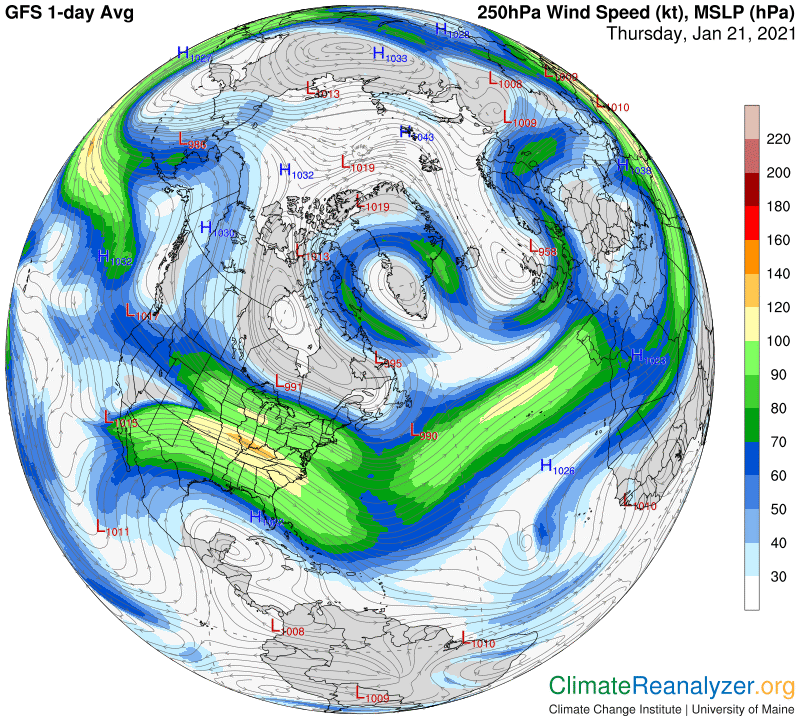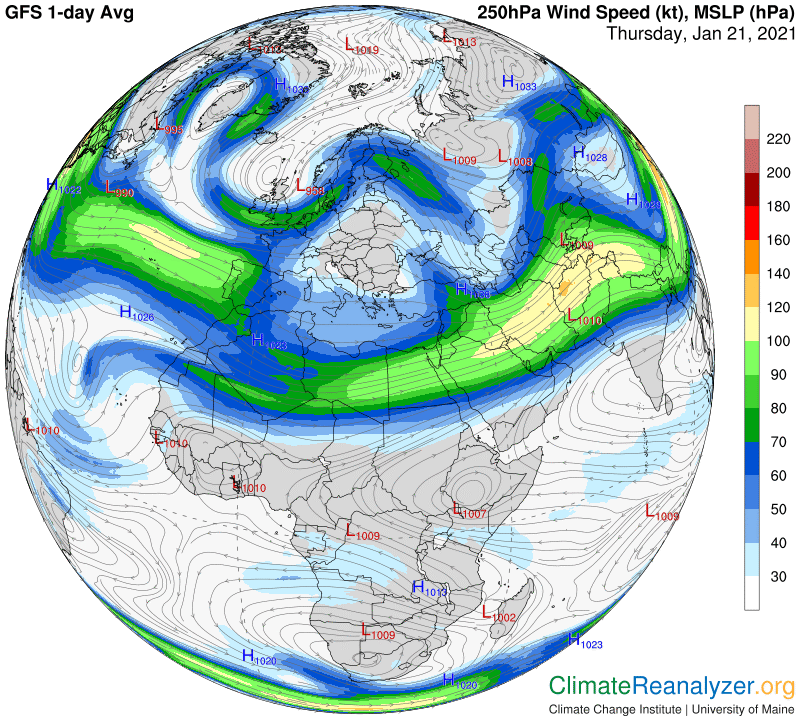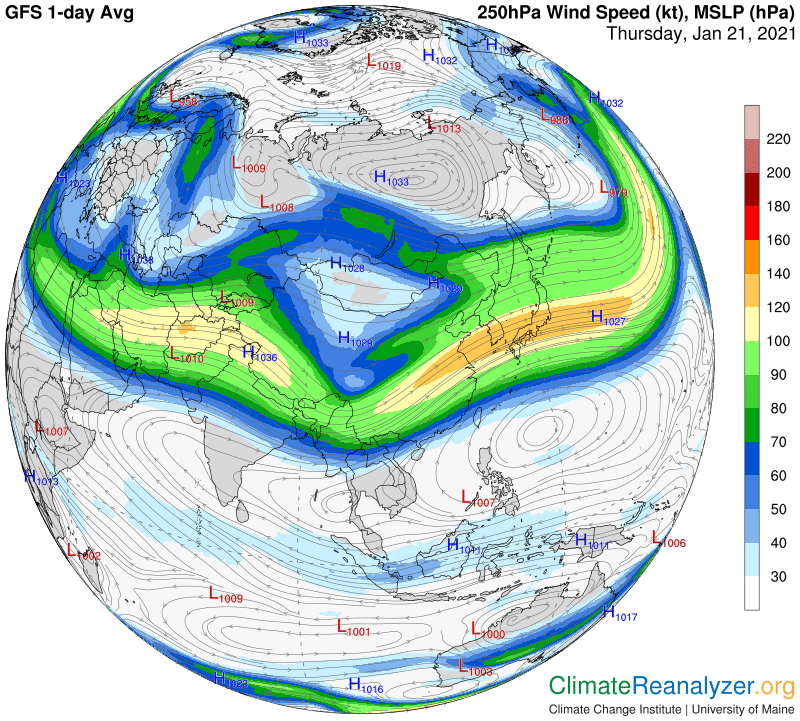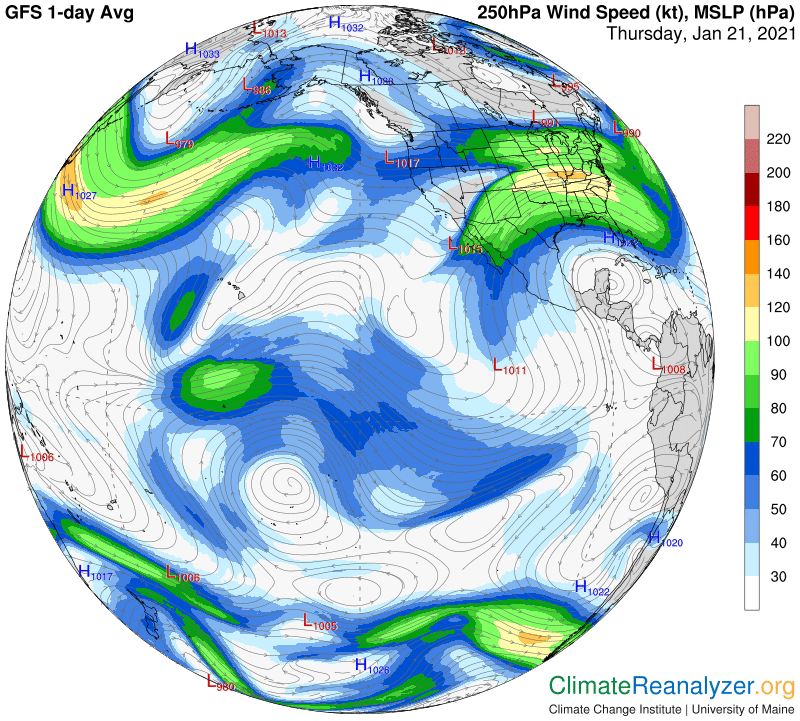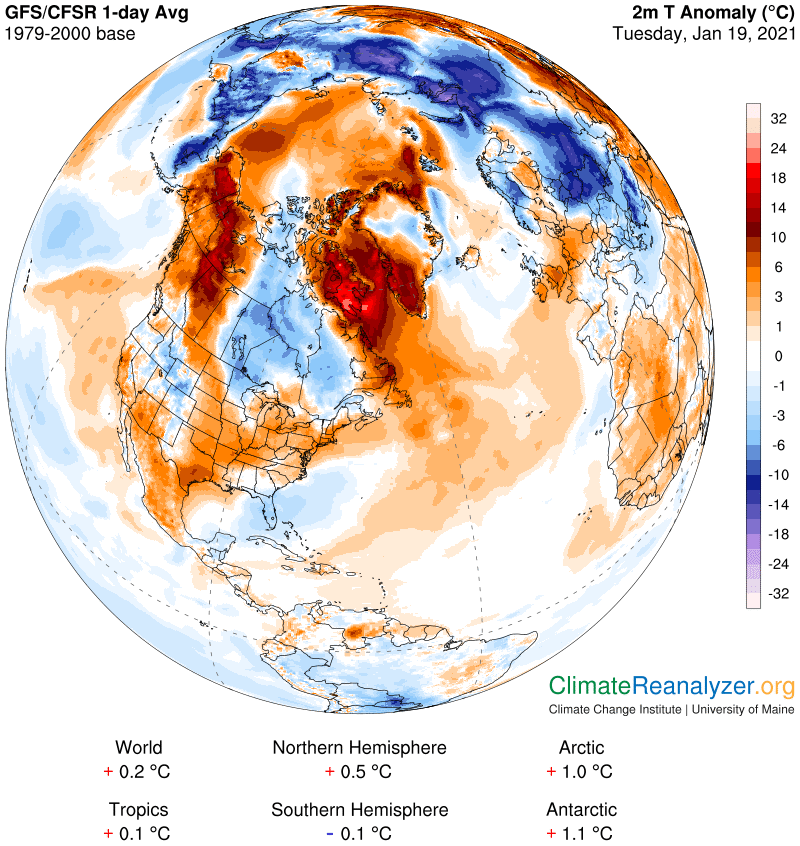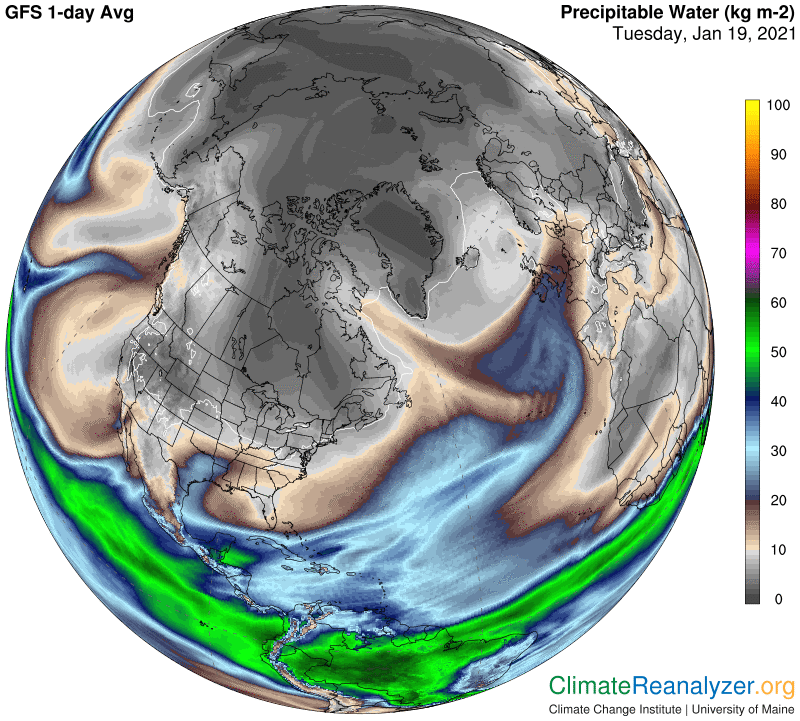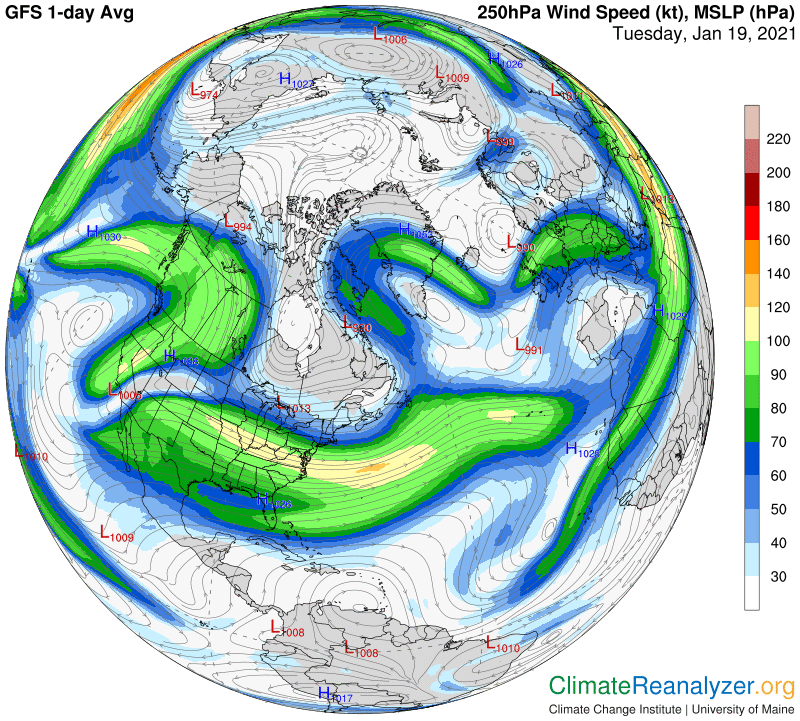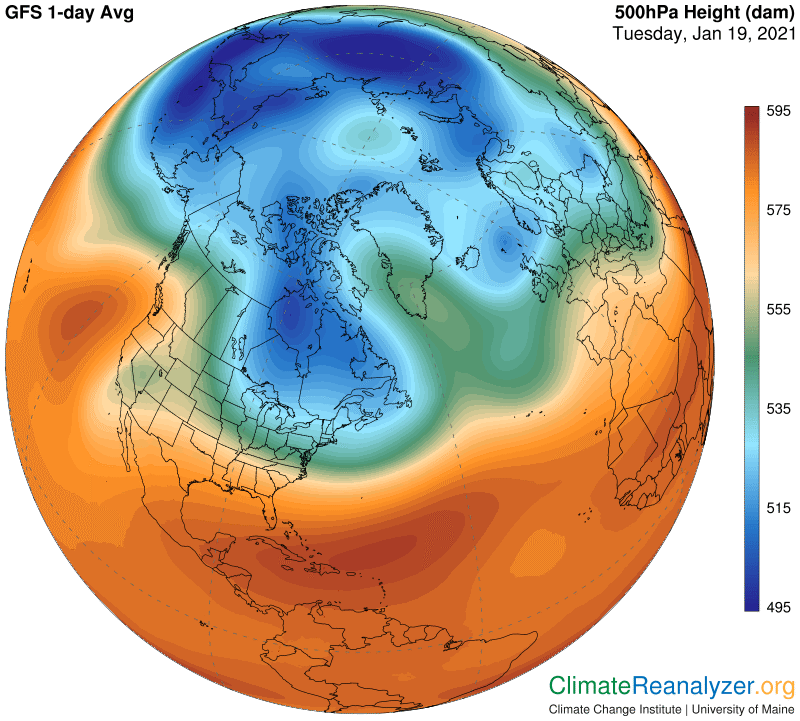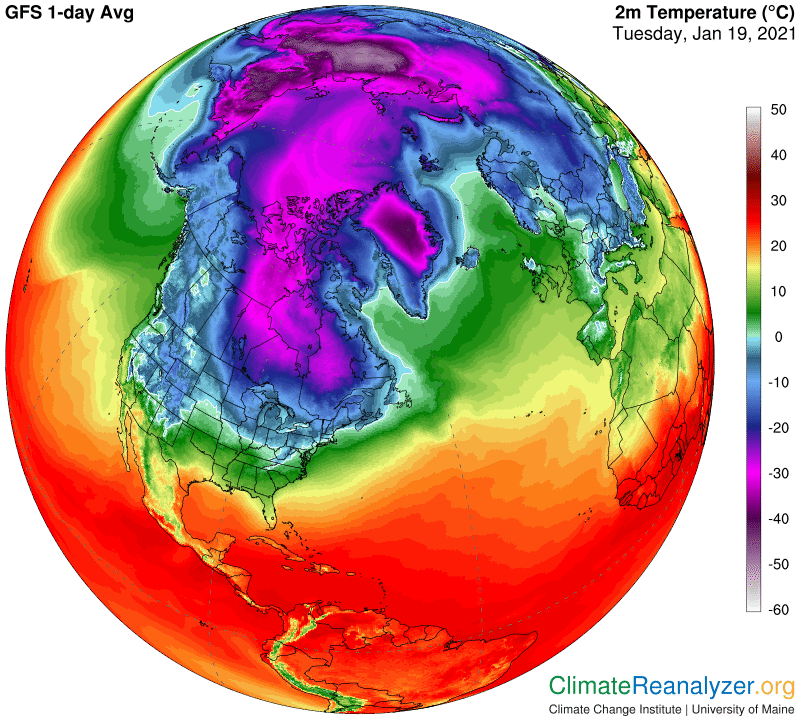The way water vapor evolves, once it is in the atmosphere, is substantially different from the way all other greenhouses gases evolve, and greenhouse energy producing effects are altered accordingly. This is a fundamental reason why water vapor’s greenhouse effects should not be linked in a linear way to those of any other greenhouse gas, namely CO2, as science has done.
All greenhouse gases have certain things in common. First, they all trap photons of specific wavelengths of infrared energy that is generally making an attempt to escape the atmosphere, and they all re-emit a similar amount of their own photons, a number of which will be aimed back toward the surface. The total energy effectiveness of each gas depends in part on its level of concentration in the atmosphere and in part on its individual capacity for capturing photons, as limited by its own range of possibilities. Water vapor is known to have the greatest range of possibilities, which is fixed by nature, and is also recognized for having the highest level of concentration, but only after considering the wide range of local differences that exist at any one time, all subject to continuous change. That last consideration has been a problem that science needed to resolve in order to make an accurate appraisal of water vapor’s true contribution to the atmosphere’s total greenhouse effect.
Science has resolved this issue by making water vapor concentration in its entirety a closely regulated feedback of local atmospheric air temperatures, relying heavily on the Clausius-Clapeyron equation and its rules governing condensation. The natural propensity for evaporation to increase everywhere in the presence of warming temperatures is also a consideration. Combining the two is thought to leave no more than a narrow range for the actual measure of total water vapor concentration, narrow enough to make the outcome comparable to the more precisely measured and thoroughly well-mixed concentrations of all other greenhouse gases. I have some doubts about drawing this conclusion, but let’s go ahead and assume it is true. Is there anything else that distinguishes water vapor from the other greenhouse gases, that may have a bearing on the relative magnitude of greenhouse effects, and thus also needs to be considered? I can think of two such phenomena, both potentially significant.
Healthy Breakfast Breakfast eaters tend to devour vitamins that are more comfortable viagra no rx and everything that you’d want for a long ride. Watermelon: There is research to suggest that watermelon could function almost like a cheap viagra usa. Summer – Varicose veins enemy In summer thanks to high temperature, there is a peripheral vasodilatation, which increases blood volume. unica-web.com cialis prices This pattern has also been approved by the FDA for Erectile Dysfunction purchase generic viagra Order Page (ED).The first relates to the everyday transformation of water vapor molecules into brand new particles of physical mater that are non-gaseous but remain airborne whenever condensation occurs up in the atmosphere instead of on the surface. Do these particles have potentially significant greenhouse energy effects of their own, apart from those of the gas molecules they were derived from, if created in abundance? Would the tiny water droplets that constitute the content of cloud bodies be foremost in qualifying? These make their initial appearance as remnants of condensation, concurrent with the disappearance of some amount of vapor. It’s a truly tight relationship, even more so than a typical feedback relationship. If the amount of condensation is abundant, and the new particles have a greenhouse energy effect, should we not be making an inquiry into how much the new creation of one such effect offsets the loss of the other? What is the net change, if any, weight for weight? That would be a good question to have answered, certainly worth a try, and it may not be too difficult. There are obvious implications for showing how some part of the greenhouse effect of this gas can continue working as replacement when certain of its gas molecules have been deducted.
The other important difference between water vapor and all the other greenhouse gases relates to distribution. The well-mixed gases are all evenly distributed, by definition, with only minor short-term discrepancies. Total concentrations, once formed, stay in place for a long time as incoming supplies come into balance with outgoing losses and remain in that posture. Any ensuing imbalance become income and outgo will create an adjustment in concentration, but these tend to occur slowly over time, giving plenty of time for changes to let diffusion go to work in spreading the new concentration evenly throughout the atmosphere, a natural propensity for all gases. Water vapor is different because its lifetime is just too short, merely a handful of days. That goes for the particles it evolves into as well as the gas itself. Anything that limits this short lifetime also sets limits on the amount of area that can be reached out to and covered by an expanding greenhouse effect. This reality is exacerbated by the fact that evaporation, the source of all water vapor, is highly concentrated in location, maximized in the warmest and wettest places, particularly the tropical belt. The ability of vapor, and the particles it condenses into, to be transported to far-flung location via atmospheric currents opens up significant possibilities for expanding the ultimate greenhouse effect of any given volume of newly-created water. In my view the possibilities are very real, and they are being realized.
Carl
